Run Hide be Invisible – Revealing the Leopard – PBS/NATURE (2010)
The Leopard (Felis pardus Linnaeus, 1758) is one of the most successful big cats of our time. It’s ability to adapt to different climates and habitats enabled spreading out of Africa into Asia. They live in diverse habitats such as forests, subtropical and tropical savannas, grasslands, rocky and mountainous regions, and even deserts. The leopard can live in both warm and cold climates. It has a very broad food base ranging from insects to large mammals. In Africa this cat […]

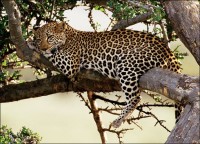

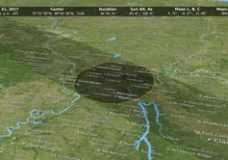
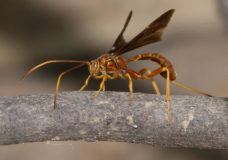
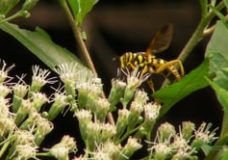
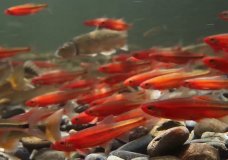
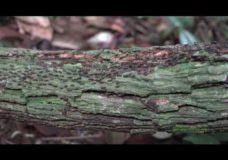
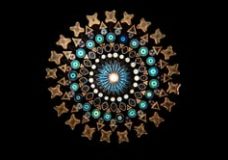

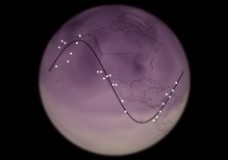
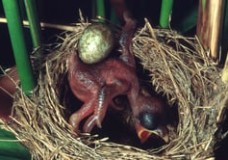
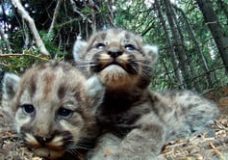


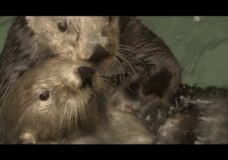

Recent Comments